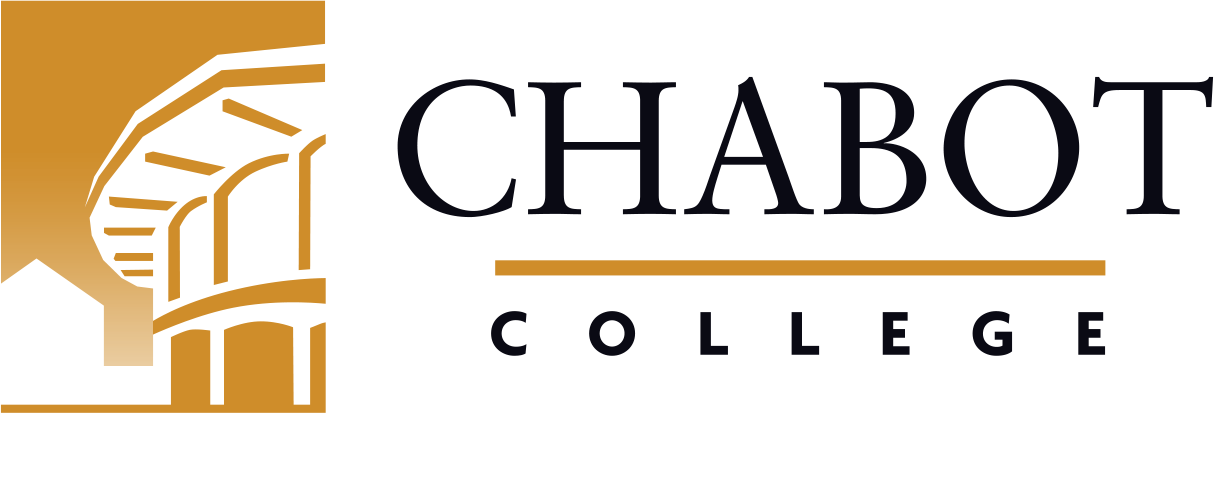
Course Outline for Art History 1
Introduction to Art
Effective: Fall 2023
SLO Rev: 03/28/2022
SLO Rev: 03/28/2022
Catalog Description:
ARTH 1 - Introduction to Art
3.00 Units
Why does art matter? Art matters because human beings make—have always made and always will make—images to communicate the great breadth of human experience. And why does the history of art matter? Because without it, the meaning of our forebears’ images—their messages, teachings, gifts—will be lost to us. In this introduction to art, our class will travel through history and across the globe to learn how we humans use painting, sculpture, architecture, photography and other artforms to respond to our circumstances, to solve our problems, to demonstrate our values, and to make beauty from the materials we find around us. (Formerly ART 1; may not receive credit if ART 1 has been completed.)
1002.00 - Art
Letter Grade Only
| Type | Units | Inside of Class Hours | Outside of Class Hours | Total Student Learning Hours |
|---|---|---|---|---|
| Lecture | 3.00 | 54.00 | 108.00 | 162.00 |
| Total | 3.00 | 54.00 | 108.00 | 162.00 |
Measurable Objectives:
Upon completion of this course, the student should be able to:
- differentiate and apply art historical methodologies
- identify visual elements and principles of design used in artwork
- interpret and critique artwork using appropriate art historical terminology
- tie form and function of artwork to medium and technique
- analyze and discuss the role of art and artists in cultures across the globe
Course Content:
- Defining Art: The Role of Visual Art in Historical and Global Art Traditions
- non-verbal communication
- interpretation and processing
- preserving memory
- forging identity
- establishing collective values
- socio-political participation and critique
- Methodologies of Art History and Art Criticism
- formalism
- iconography
- feminism
- multiculturalism
- post-colonial theory
- biography and autobiography
- Visual Elements
- line
- shape and mass
- light and value
- color
- texture and pattern
- space and perspective
- Principles of Design
- unity and variety
- balance
- emphasis and subordination
- scale and proportion
- visual rhythm
- Art Media and Techniques in Historical and Global Art Traditions
- drawing
- painting
- photography
- sculpture
- architecture
- Overview of Art History from a Global Perspective
- African art
- Art of the Americas
- Asian art
- European art
- Oceanic art
Methods of Instruction:
- Lecture/Discussion
- Case Study
- Distance Education
- Museum visit
- Powerpoint slide presentations of historical artwork
Assignments and Methods of Evaluating Student Progress:
- After considering an artwork together with its historical context, identify the methodology that would provide the most fruitful analysis and interpretation of the artwork.
- Write a four-page essay on a work of art in which you offer an interpretation of the work's content based on its most dominant visual elements and principles of design.
- Identify a wide range of historical artworks by medium.
- Written assignments
- Quizzes
- Exams/Tests
- Critical thinking exercises
- Online Assignments
Upon the completion of this course, the student should be able to:
- differentiate and apply art historical methodologies;
- identify visual elements and principles of design used in artwork;
- interpret and critique artwork using appropriate art historical terminology;
- tie form and function of artwork to medium and technique;
- analyze and discuss the role of art and artists in cultures across the globe.
Textbooks (Typical):
- Getlein, Mark. (2020). Living With Art (12th). McGraw-Hill.
- Website: Heilbrunn Timeline of Art History--Metropolitan Museum of Art.
- Online student will need web-connected computer and wifi.
Abbreviated Class Schedule Description:
In this introduction to art, our class will travel through history and across the globe to learn how we humans use painting, sculpture, architecture, photography, and other artforms to respond to our circumstances, to solve our problems, to demonstrate our values, and to make beauty from the materials we find around us. (Formerly ART 1; may not receive credit if ART 1 has been completed.)